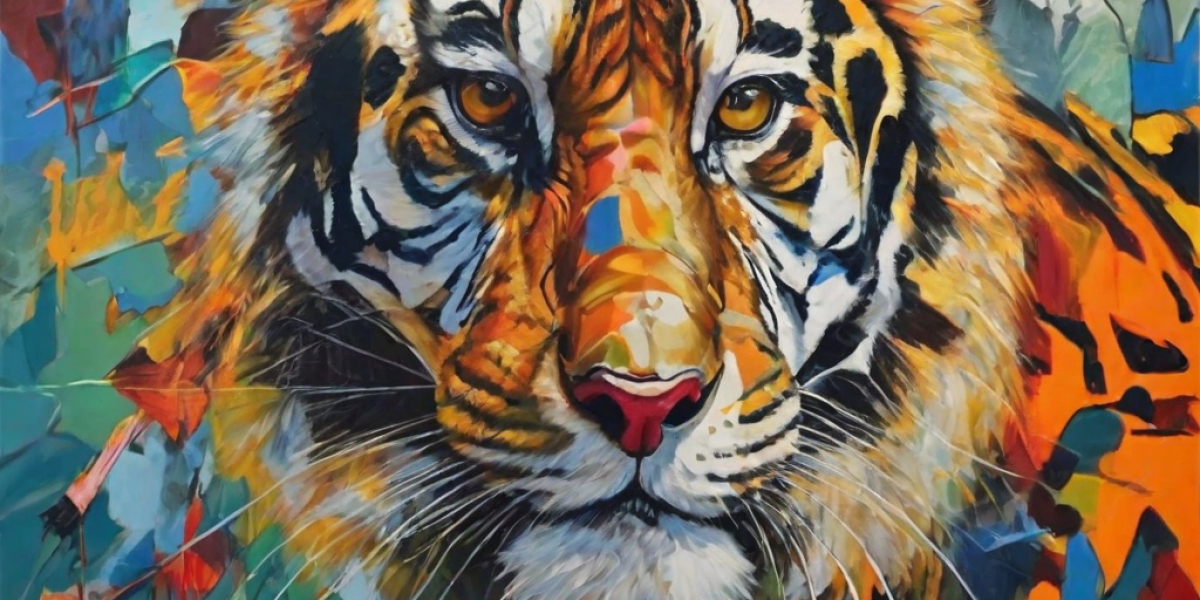Wildlife photography is a captivating genre that allows photographers to capture the beauty and essence of the natural world. Through their lenses, photographers have the unique ability to showcase wildlife in its natural habitat, providing viewers with a glimpse into the fascinating lives of animals. In this article, we will explore how wildlife photographers see and capture the world of wildlife.
1. Patience and Observation:
Wildlife photographers understand the importance of patience and keen observation. They spend hours, days, and even weeks waiting for the perfect moment to capture a particular behavior or interaction. They study the behavior of their subjects, learning their habits and patterns, and anticipate their movements to be ready for that extraordinary shot.
2. Connecting with Nature:
To capture the true essence of wildlife, photographers immerse themselves in nature. They venture into remote and diverse habitats, often facing harsh conditions, to be close to their subjects. This close connection with nature allows photographers to understand and appreciate the intricacies of the animal kingdom, resulting in more impactful and authentic photographs.
3. Telling a Story:
Wildlife photographers aim to tell a story through their images. They strive to evoke emotions, raise awareness, and promote conservation by capturing moments that reflect the beauty, vulnerability, and behavior of animals. Each photograph becomes a visual narrative, offering viewers a glimpse into the lives of these creatures and encouraging a deeper understanding and appreciation for wildlife.
4. Composition and Lighting:
Photographers carefully consider composition and lighting to create visually stunning images. They pay attention to the rule of thirds, leading lines, and framing to guide the viewer's eye and create a sense of balance. Additionally, they work with natural light, understanding how different lighting conditions can enhance the mood and impact of the photograph.
5. Technical Skills:
Wildlife photographers possess a strong command of their equipment and technical skills. They understand the capabilities of their cameras, lenses, and other accessories, allowing them to capture sharp, well-exposed, and properly focused images. They also make use of various techniques, such as panning to capture movement or using a shallow depth of field to isolate their subject from the background.
6. Ethical Considerations:
Responsible wildlife photographers prioritize the welfare and conservation of animals. They adhere to ethical guidelines, such as maintaining a safe distance, not disturbing or stressing the animals, and respecting their natural behavior. They understand that their actions can have a profound impact on the well-being of wildlife and strive to minimize any potential negative effects.
7. Conservation Advocacy:
Many wildlife photographers go beyond capturing beautiful images and use their work as a platform for conservation advocacy. They collaborate with conservation organizations, share their photographs in exhibitions and publications, and use social media to raise awareness about endangered species, habitat loss, and other pressing conservation issues. By showcasing the stunning beauty of wildlife, they inspire others to take action and protect our natural world.
In conclusion, wildlife photographers have a deep appreciation for the natural world and strive to capture its beauty and complexity through their lenses. They possess a unique skill set that combines technical expertise, patience, and a profound connection with nature. Their photographs not only showcase the incredible diversity and wonder of wildlife but also serve as a powerful tool for conservation and raising awareness about the importance of protecting our planet's precious ecosystems.







